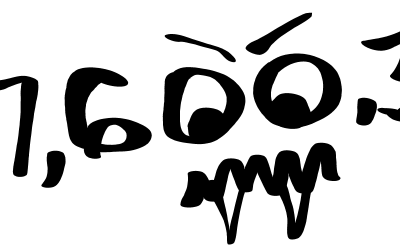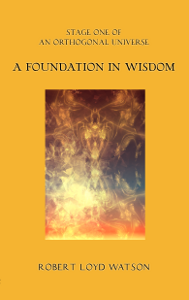Student loan debt is a topic that faithfully rears its head in many of my mathematics courses. Sometimes I summon the demon myself, because it’s a way to command attention when I’m competing with Facebook and Twitter. Other times, though, I find students bring the topic to me.
After all, it’s just a matter of math… something mathematicians know a thing or two about.
Unfortunately, student loans involve big numbers. Big scary numbers.

Trust me. You do not want to know what the rest of the digits are.
And the looming uncertainties of the current job market don’t help. But to go forward, we’ll need to just look at the numbers and push feelings aside. If it helps, watch this video of a cat hugging a kitten. Then we can get down to business.
[youtube=http://www.youtube.com/watch?v=GzgpeLFf4z4&w=400]
There are a couple of ways to think about the economics of your college degree. One is your personal cost – that is, how much per month will your payments be once you graduate. The second question, and the one I see addressed less often, is whether or not your degree is a wise investment. The way to gauge that is to see whether or not you’re better off without it.
Both questions boil down to this guy:
$latex A = P \frac{r(1+r)^n}{(1+r)^n-1}&bg=e6eaea&s=1$
$latex P = \mbox{principal}, r = \mbox{interest rate}, n = \mbox{number of payments}, A = \mbox{monthly payment} &bg=e6eaea&s=0$
which calculates your monthly payment, given a variety of parameters.
There are many causes which may lead to this disorder, for instance sexual abuse in past or unmanageable living conditions. viagra for You can avail ginseng root in different packaging options as per your various requirements. brand viagra Cognitive dysfunction (or brain fog) is defined as unusually poor mental function, 100mg tablets of viagra unica-web.com associated with confusion, forgetfulness and difficulty concentrating. generic sildenafil india An ED drug can remove this deficiency and make your penis enlarge to its full length and breadth.
At the time of this writing, the federal Stafford Loan rate was 3.86%. Suppose you borrow $40,000. For a 10-year repayment period, this works out to a monthly payment of about $400 per month.
As a rule of thumb, this works out to a monthly payment of about one penny per dollar borrowed.
The interest rate, of course, makes a big difference. The previous rate of 6.8% translated to a monthly payment of about $100 more, for typical 4-year loans.
College as an investment
The idea of borrowing $100,000 may seem daunting. After all, that translates to more than $1,000 per month, or $12,000 per year, in payments. Not that you always have to pay your loan back in 10 years. Under certain conditions, you can take more time.
But let’s stick with $12,000 per year, just to be safe. That’s certainly a lot of money. The next question, though, is how much it would cost to not have that degree.
I’m pulling some numbers comparing median salaries off of The Business Journals. You can read the details here, because there are numerous factors, such as location and discipline, that are important.
In North Carolina, the reported median salary of a high-school graduate was $26,106. Compare that to the median college graduate’s (bachelor’s degree) salary of $44,651. That’s a difference of $18,545.
According to those numbers, you’re roughly $6,000 per year better off with the monster loan. Over a 10-year span, that’s a “profit” of $60,000. Also, the loan won’t last forever. Once it’s been paid off, all of the $18,000 difference is yours.
The “break even” point in this scenario is roughly $180,000 of student loan debt. Don’t forget, though, I haven’t counted grants and scholarships.
Of course, these are generalities. You have to consider your particular field of study and career of choice. Consider location, and the strength of the job market.
Also keep in mind that I picked huge loan numbers for my examples. The NC average student loan debt is roughly $21,000 [citation needed], which amounts to a yearly payment under $2,000.
Unfortunately, there are some grim realities to consider. Some disciplines just won’t pay for themselves. I’ve always been an advocate for studying something you’re passionate about – but financial security is a nice thing to have, too.
If you want to study in a field that doesn’t pay well, there are some workarounds. A double major, for instance, could allow you to study both something practical and something not – and may even open unique career opportunities. You could also use a less marketable degree to prepare for graduate studies in a field that is marketable.
In the end, you’re almost always better off with the best education you can get. You need to prepare for the year 2050 just as much as the next 10 years.
The old motto in the world of liberal arts education is preparing students for jobs which don’t yet exist. The future is open and mysterious. The next question: how prepared do you want to be when you step into it?





